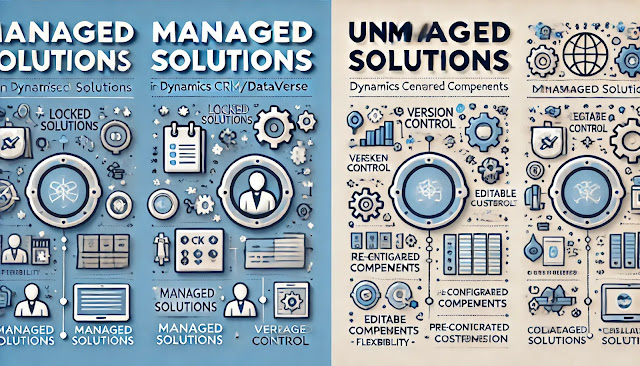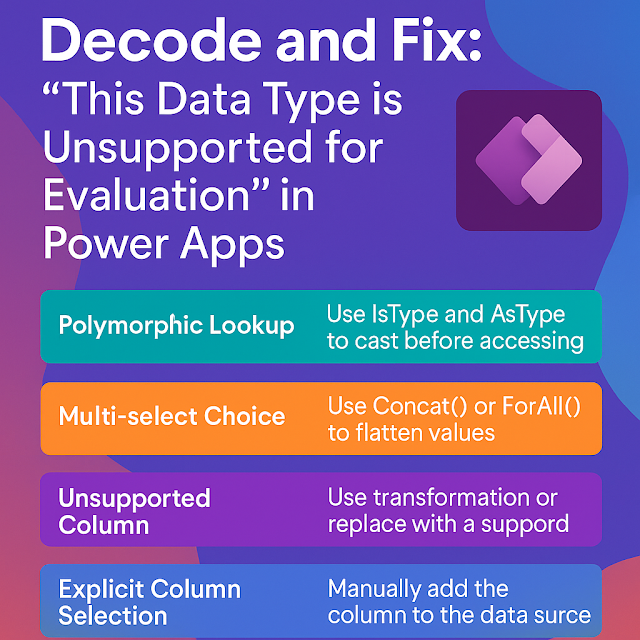Dynamics 365 Field Service : Create a work order by using Microsoft 365 Copilot in Outlook
In today's fast-paced business world, speed and simplicity are key—especially when managing service operations. With the integration of Microsoft 365 Copilot and Dynamics 365 Field Service, creating a work order has never been easier. You can now generate work orders directly from your Outlook inbox using natural language prompts powered by Microsoft Copilot.
What Is Copilot in Outlook?
Microsoft 365 Copilot is your AI assistant that works inside Office tools like Outlook, Word, and Teams. In Outlook, it helps summarize emails, draft replies, and now—even trigger business actions like creating work orders—without leaving your inbox.
What Is a Work Order?
A work order in Dynamics 365 Field Service represents a task or job for field technicians. It includes essential details like:
- The customer information
- Location
- Services required
- Assigned resources
- Scheduled time
Traditionally, creating a work order required navigating the Field Service app. But now, with Copilot, you can do it straight from an email.
How to Create a Work Order Using Copilot in Outlook
Here’s how the experience typically works:
1. Receive a Service Request Email
- Imagine a customer emails your service inbox with a request:
- Our air conditioning unit is not working. Can someone take a look tomorrow morning?
2. Activate Copilot in Outlook
- Open the email, and launch Copilot in the reading pane. Ask:
“Create a work order for AC repair at Contoso Ltd for tomorrow morning.”
3. Copilot Interprets and Drafts the Work Order
- Copilot uses AI and your integrated Dynamics 365 Field Service data to:
- Identify the customer (Contoso Ltd)
- Create a new work order
- Add the issue description (AC not working)
- Propose a time slot and assign a technician (based on availability and location)
4. Review and Submit
Copilot displays a draft of the work order. You can review, make changes (like adding urgency or selecting a different resource), and then click Create. The work order is saved in Dynamics 365 Field Service.
Benefits of Using Copilot for Work Orders
- Save time by avoiding app switching
- Increase accuracy with AI-generated data
- Speed up response to customer service requests
- Empower non-technical users to take action directly from Outlook
Final Thoughts
Creating work orders from Outlook using Microsoft 365 Copilot is a huge step forward in streamlining service operations. It brings the power of AI and Microsoft Dynamics 365 together in a user-friendly experience that keeps your team responsive, efficient, and focused on customer satisfaction.












Comments
Post a Comment